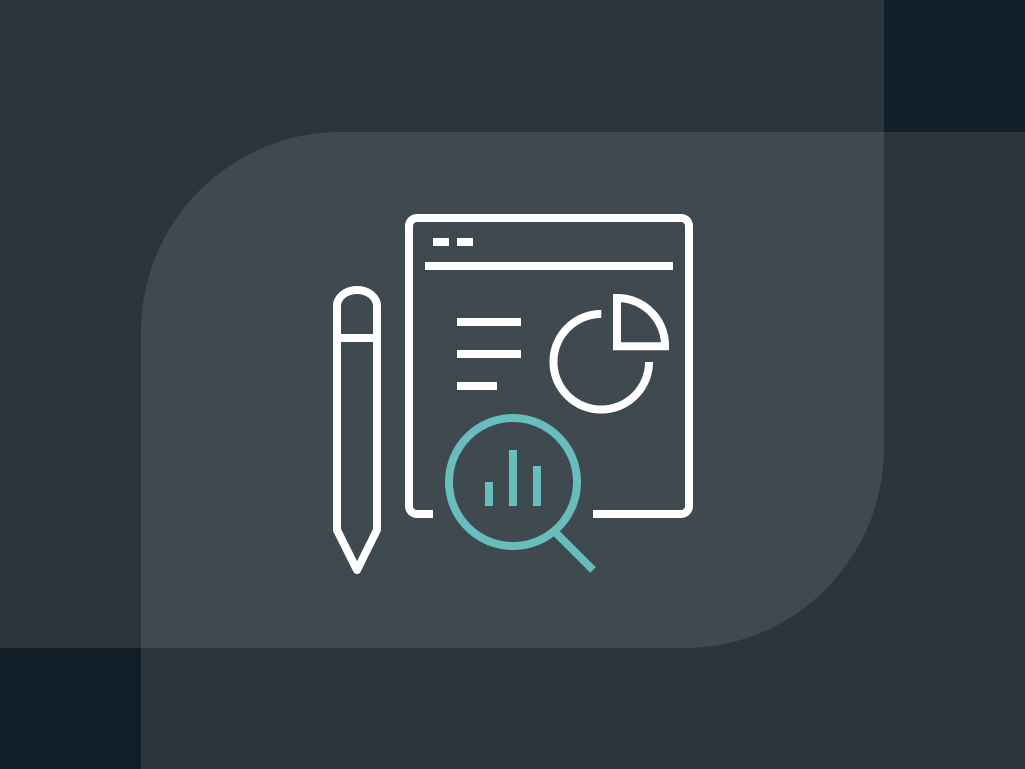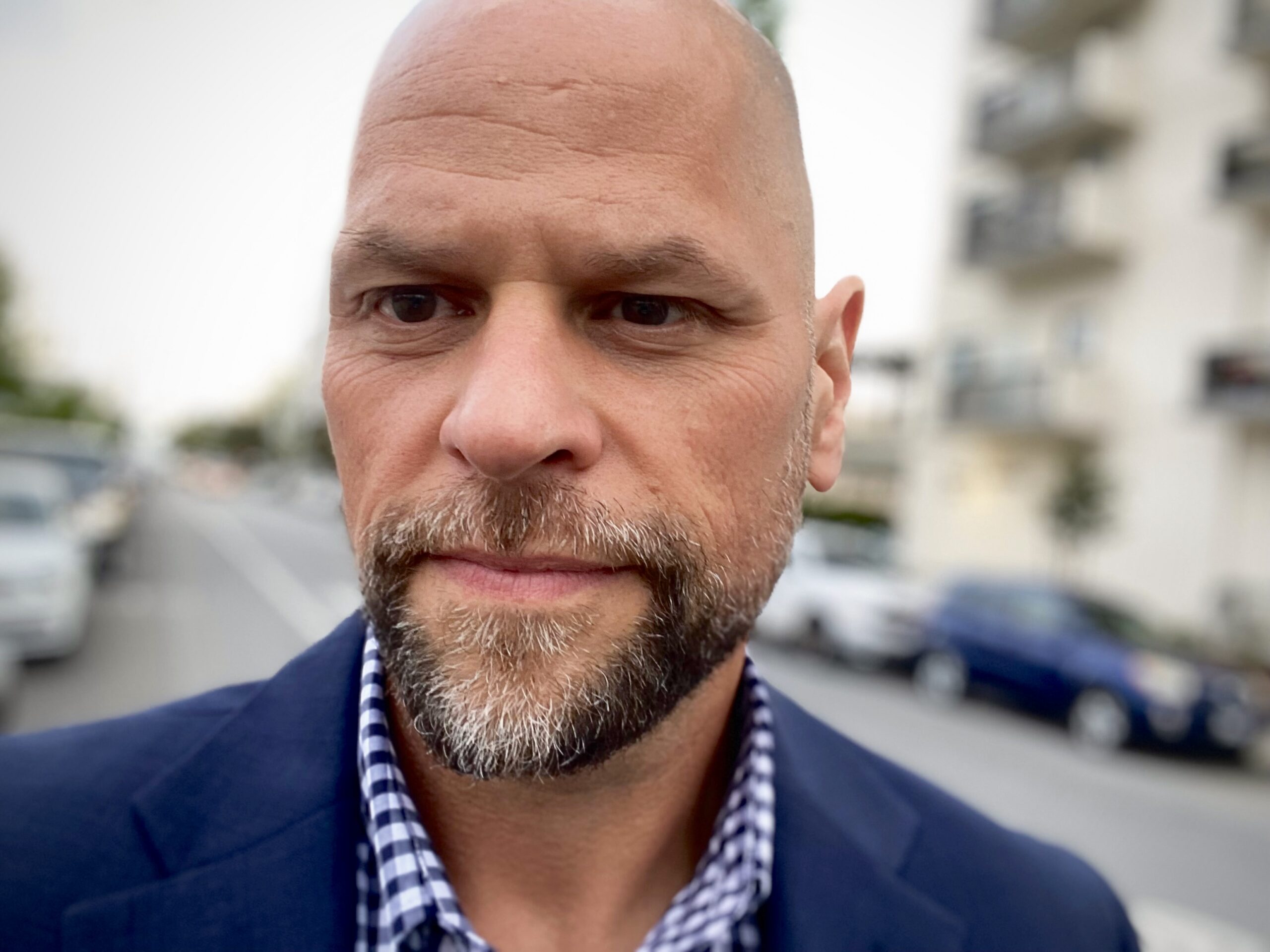
It’s planning season again. We got this question from one of our clients — and I’m pretty sure she’s not the only marketing and sales executive pondering this question:
THE QUESTION: “How much B2B PIPELINE COVERAGE do we need vs. our SALES GOAL — to be properly covered and confident in hitting that goal?“
Pipeline coverage is critical for every company, but it’s typically existentially important for investor-backed, SaaS companies, and for public companies who are under major scrutiny to drive growth.
But this topic tends to become quite personal for CMOs and CROs (and their teams… and their agency partners too) if they are interested in these kinds of things:
- Hitting their growth goals
- Keeping their jobs
- Being invited to president’s club, getting promoted, winning awards
- Becoming a TikTok thought leader, etc.
THE SHORT ANSWER: 3.0-3.5X is the rule of thumb in B2B.
That means that at the beginning of the quarter, you should have $3.00 to $3.50 of Non-Risk-Adjusted* Sales Qualified Pipeline* at the beginning of the quarter* for every $1.00 of closed won sales goal for that quarter.
Important callouts:
- * Non-risk adjusted means the opportunities are counted at full value, not discounted downward based on the salesperson’s current assessment of their likelihood to be won.)
- * Sales Qualified Pipeline — you need to define and consistently + globally apply that definition
- * At the beginning of the quarter — not at some point during the quarter
QUESTION: But what should the Risk Adjusted Pipeline Coverage* goal be?
That answer depends more on how reliable and accurate your sales team and organization is at forecasting. If you were PERFECT at forecasting, your Risk Adjusted Pipeline Coverage goal would be 1X. But most companies a) aren’t perfect, and b) don’t like betting their payroll, funding, and careers on being perfect. So they normally bump that up to 1.2 – 1.5 of RAP (risk adjusted pipeline for every dollar of that quarter’s closed won / revenue goal).
(*Risk Adjusted Pipeline Coverage also sometimes referred to as Forecast Coverage.)
So back to Pipeline Coverage…
QUESTION: If the rule of thumb is 3.0-3.5X, is that a holy number? Is it always true?
OF COURSE NOT.
The general 3.0-3.5X rule of thumb goes up or down based on these kinds of factors (really pay attention to these):
- Your sales win rate – most important thing. If your sales win rate is 25%, then divide your sales goal by that percentage and that’s the pipeline coverage you need.
- $1 of sales / 25% win rate = 4X pipeline coverage needed
- $1 of sales goal / 30% win rate = 3.33X pipeline coverage needed
- $1 of sales goal / 35% win rate = 2.86X pipeline coverage needed
- There is a lack of rigor, definition, consistency and expertise at how your sales team assesses, reports, manages and progresses pipeline in your CRM system.
- You haven’t achieved genuine product<>market fit yet
- You’re still searching for your true ideal client profile (ICP) — your targeting is off
- Your offerings aren’t as compelling/strong/differentiated as your head-to-head competitors
- Your brand and reputation is less known, or less trusted, or less favored
- Your pricing or pricing structure are significantly higher or different (and unsupported) than your competitors
- Your terms, conditions and sales operations processes are more friction-filled than they should be
- Your sales development team isn’t as effective or expert or productive at targeting, engaging, qualifying and progressing leads and engaged buying teams into demos, appointments and opportunities (read: sales qualified pipeline)
- Your sales team isn’t as effective or expert as they should be at key aspects of steps of the sales process (usually something like: Preparation and Education — for both the buyer and seller, Prospecting, Qualifying and Needs assessment, Building trust and Proving Capabilities, Solution Design, Pricing and Proposal, Overcoming Objection, Negotiation and Closing, Onboarding)
- Your offers, calls to action, or ability to demonstrate value aren’t compelling, on-journey stage, on-use case or on-persona
- Your user and customer community is smaller, less active, less activated than your head to head competitors
MY ADVICE: You should adjust the 3.0-3.5X pipeline coverage rule of thumb up or down based on your honest assessment of the factors listed above.
I hope this gives you some confidence and clarity in your budgeting, planning and pipeline review meetings!
Acknowledgements:
This little article isn’t intended to be a comprehensive source on the complicated topic of pipeline coverage, sales forecasting, goal setting, etc. Thanks to the following people, organizations and info sources:
- ID partners, clients and friends who are revenue experts including Garrett Cole, Aaron Ballew, Gavin McKelvey, Lane Brannan, Craig Rosenberg, Dan Gottlieb, Tom Bressie, Corey Livingston and many others.
- The always solid research and benchmarking work done by Forrester, Gartner, TOPO (yes, I’m listing them separately), SiriusDecisions (yes, I’m listing them separately) and other industry analysts.
- Great articles on the topic including:




